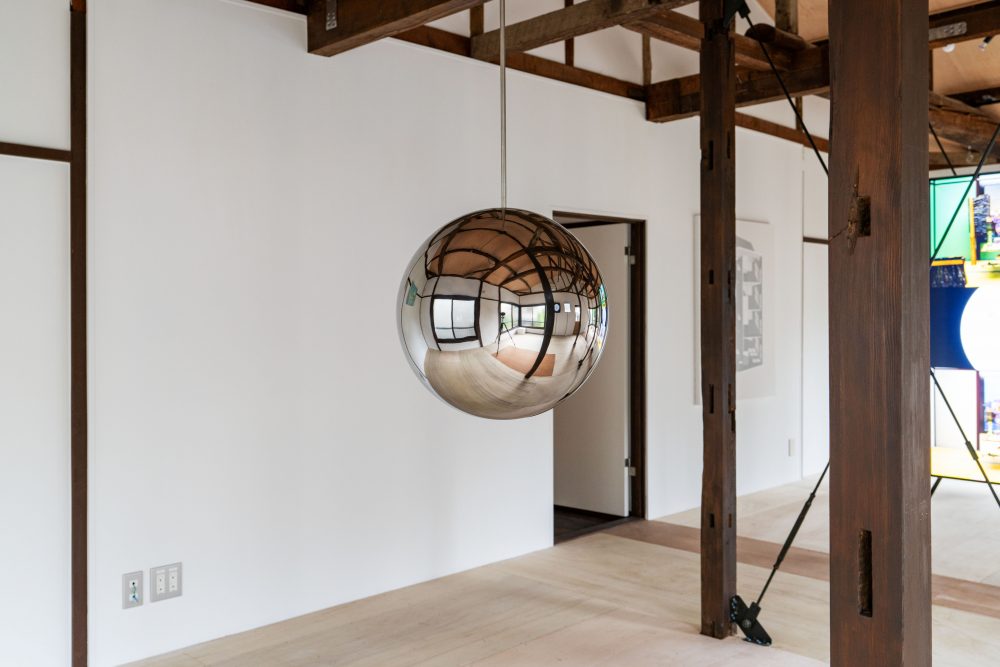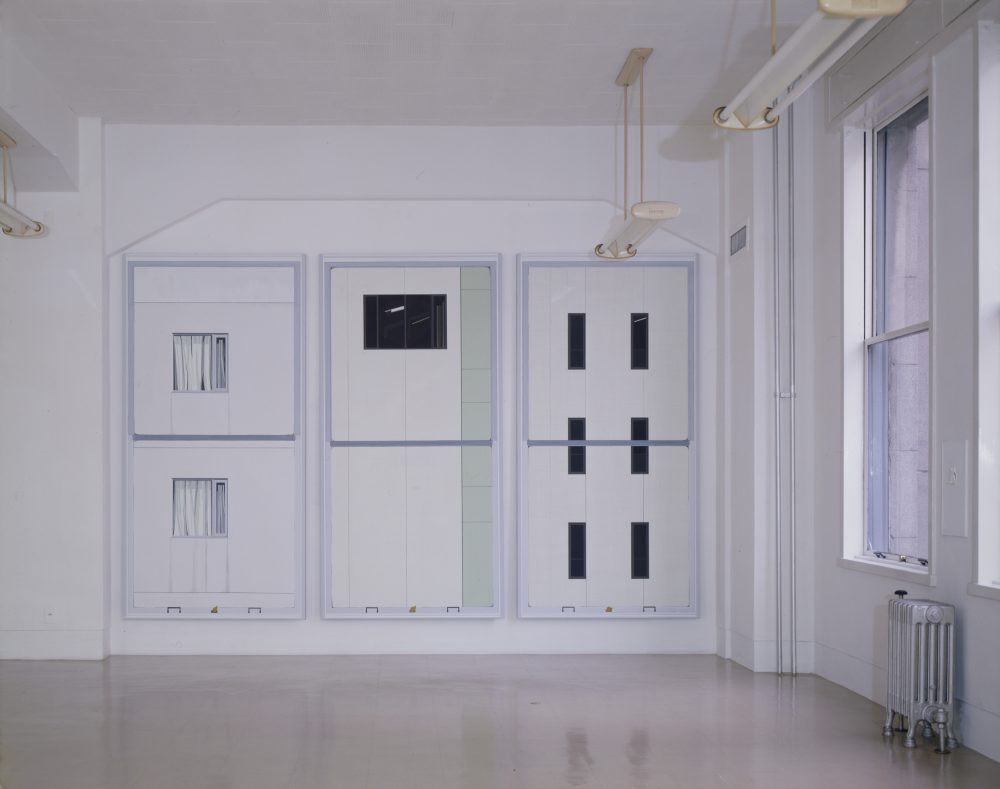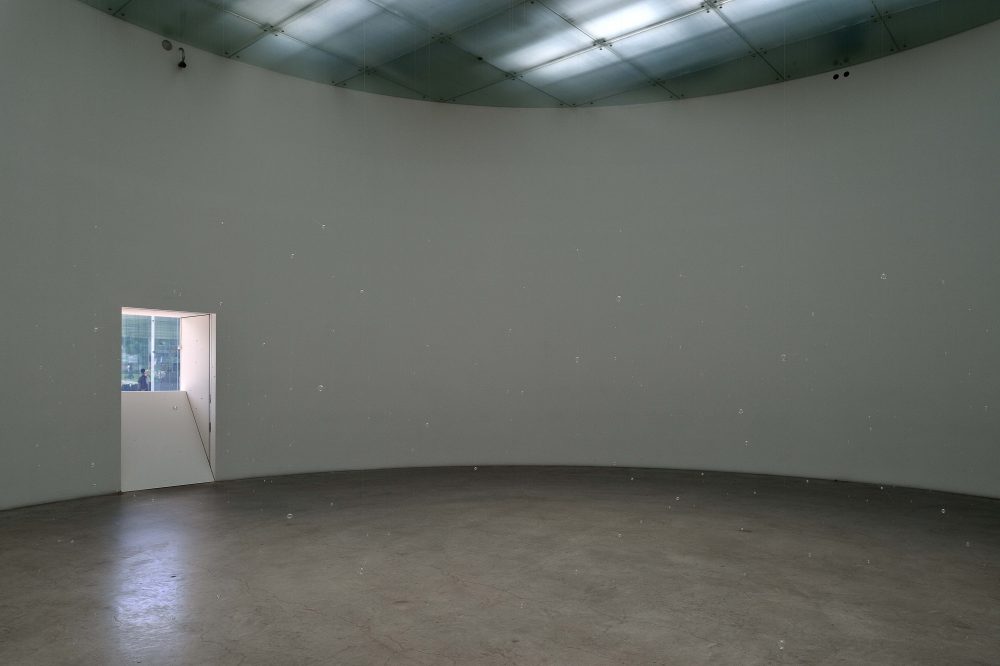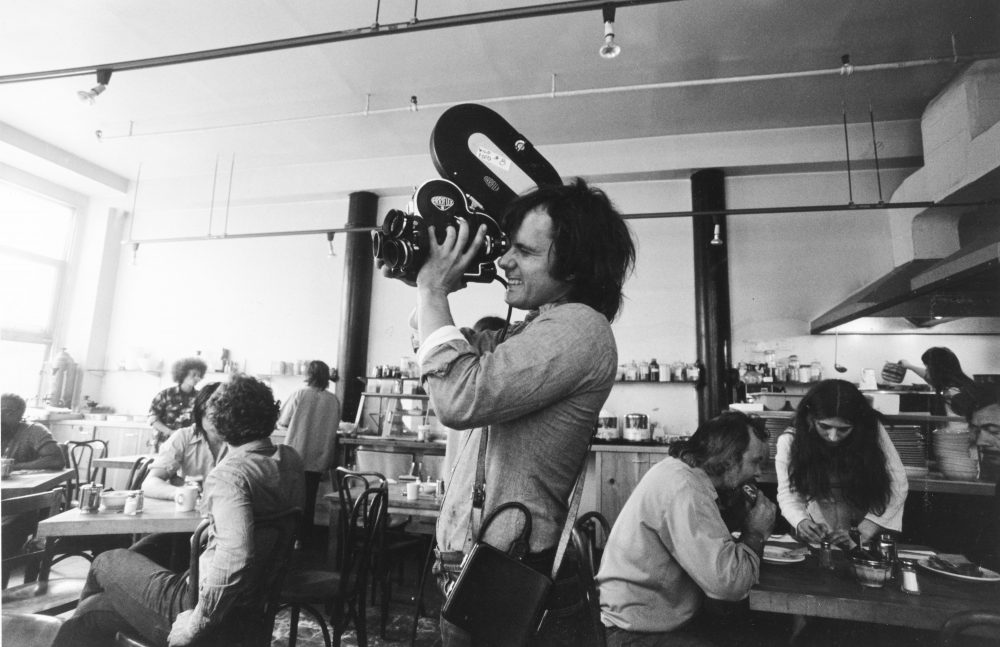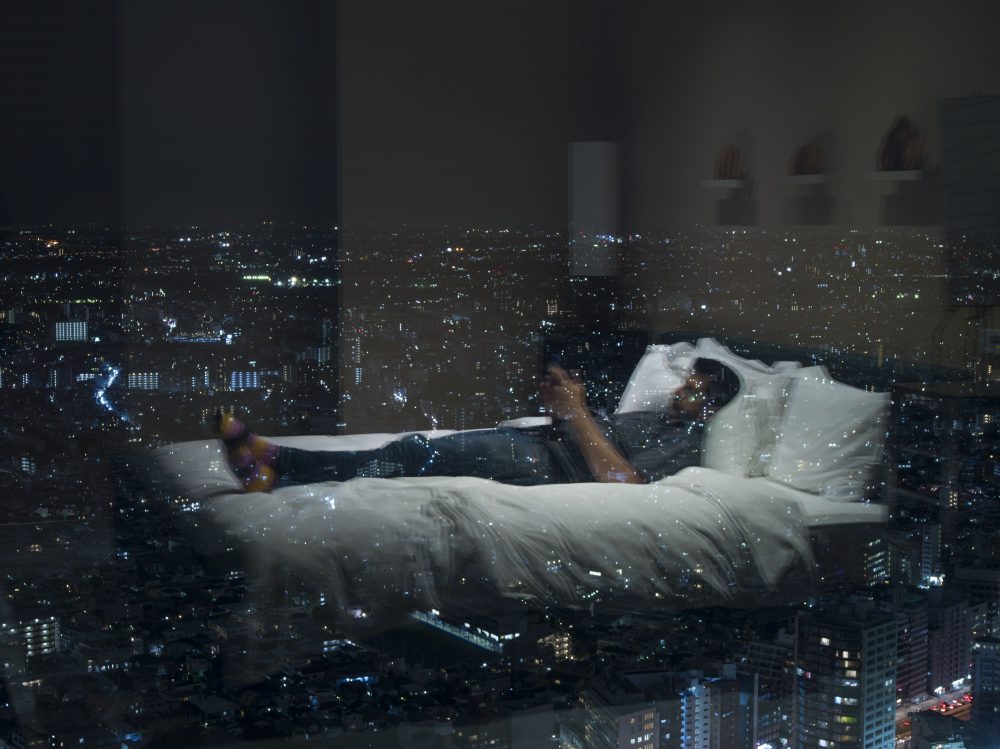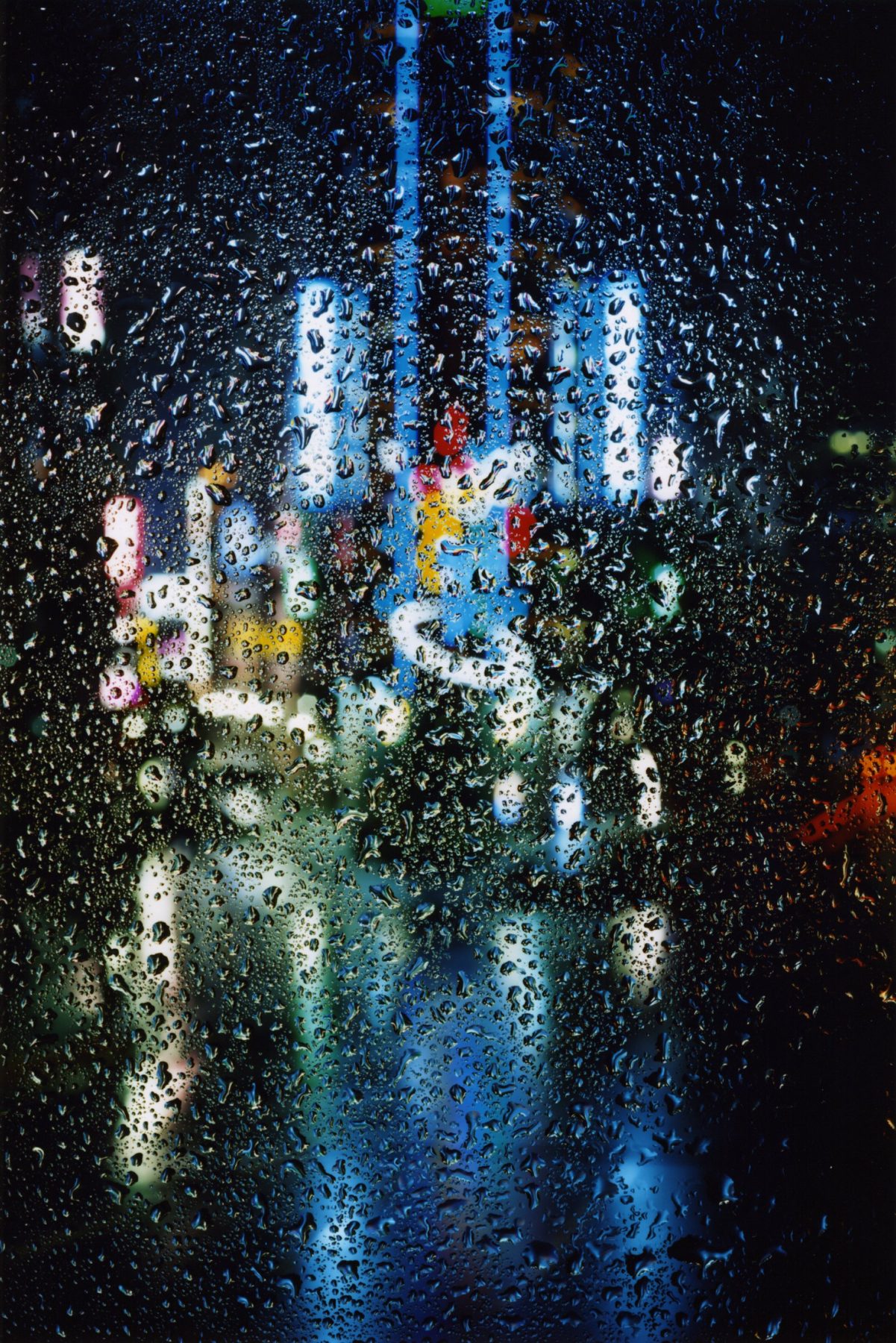
Vol.1 Naoya Hatakeyama
Mirrors or Windows?
21 Oct 2022
I gaze through the window. The scenery outside shines brightly while in a state of movement, and I am drawn with fascination to all that unfolds before my eyes. All is there on the other side of the window, while only I am present on this side within. When I turn around, there is a pane of glass bearing a likeness to a window, hanging on the wall of the room. However, the bright light of the outdoors cannot be observed beyond it. I gaze into it only to find myself there, staring right back at me.
Some time ago, an exhibition titled “Mirrors and Windows: American Photography since 1960,” was held in the United States. It was around the time I entered college, so it must have been in the late 70s. An iconic curator named John Szarkowski, who worked at the Department of Photography at the Museum of Modern Art, New York, had organized an exhibition of notable photographic works in the United States spanning the last two decades. I learned about this from an imported exhibition catalog, and was thrilled by its contents. My excitement was only natural, as the exhibition included photographers who would later gain popularity in Japan like Robert Mapplethorpe, those of the so-called New Color Photography movement such as William Eggleston, and the likes of Lewis Baltz with ties to the New Topographics movement. It also showcased well-known figures such as Garry Winogrand and Lee Friedlander, as well as works by Andy Warhol, Robert Rauschenberg, Sol LeWitt, and others whose practice wasn’t necessarily associated with photography. Featured on the cover of the catalogue was the work of Diane Arbus, who by then was already a legend.
The essays that Szarkowski had published in the catalogue maintained a high sense of composure, and what I had found most compelling was his indication that the trends in American photography have recently come to be generated through university education and research. Since its invention in the first half of the 19th century, photography had been nothing more than a technique to be learned through hands-on experience, with no ties to university. However, in the United States after WWII, the custom of thinking and talking about photography from a humanistic point of view was born, perhaps due to the rise of photojournalism (and the subsequent decline of pictorial magazines), as well as the popularization of new forms of visual language. As a result, universities began actively offering courses dealing with photography. Among students there were those who remained in university to continue their research and production, while some even became teachers later.
Szarkowski states that there were two leading photographers of the 1950s who had a great influence on such students. One is Minor White, who launched the famous photography magazine Aperture, and was known for producing photographic works that were guided by a variety of spiritual and intellectual philosophies. The other is Robert Frank, who is also widely recognized in Japan. He articulates that the former was a representative figure in tendencies to regard photography as a means of “self-expression,” while the latter was a representative figure in tendencies to regard photography as a method of “exploration.”
With these two figures in mind, Szarkowski divided the works of the eighty-four photographers he had gathered into two groups. One is a group of works that demonstrate a strong interest in oneself and one’s inner self. The other is a group of works that demonstrate a strong interest in the outside world. The title of the exhibition, “Mirrors and Windows,” was indeed a metaphor for this bold dichotomy.
The metaphor of mirrors and windows may be a longstanding and familiar one in the world of literature. Even when recalling my own reading experience, I feel that I could, for example, classify novels and poetry as “mirrors,” and travelogues and biographies as “windows.” In any case, as it can be seen from the fact that the daguerreotype—the first photographic process to be invented—were often referred to as “a mirror with a memory,” the very appearance of photography itself is originally suggestive of mirrors and windows. Thus, should attempts be made to overlay the “mirror and window” as a metaphor on top of this, there is the possibility that it could give rise to some manner of complex circular logic. Many of those reading through the “Mirrors and Windows” catalogue, while being amazed by the sheer appeal of each photographic work, would likely come to question things such as, “why is this work placed in this category?” or “couldn’t this work potentially be both a mirror and a window?”
It is certain that photographs harbor two distinct qualities. Photographs are inevitably born as a result of releasing the shutter for one reason or another. Even if unaware, we are always searching for that “reason” as we look at photographs. While such reasons remain unseen and unstated, it is perceived (freely to each one’s accord) as a definite message. At the same time, since photographs are taken with a camera, they can first and foremost be regarded as candid records or reports of the things and events in front of us. What was there, and who was there? What did it look like?
“Mirrors and windows” in photography should be understood as a duality rather than a dichotomy. Photographs are at once a mirror and a window. Even today, more that 40 years since the “Mirrors and Windows” exhibition, I feel that there still doesn’t seem to be a term to metaphorically expresses its qualities that are indeed deemed an impossibility within the realm of nature.
Top: “Slow Glass / Tokyo #048” 2006
C-print, 90 x 60cm
©Naoya Hatakeyama
Courtesy of Taka Ishii Gallery
Naoya Hatakeyama
Naoya Hatakeyama was born in 1958 in Iwate Prefecture, Japan. Hatakeyama, a student of Kiyoji Otsuji, completed graduate studies at Tsukuba University in 1984. Since then, Hatakeyama has been based in Tokyo, a city which has served as a model from which he has developed a body of work concerned largely with the relationship between nature, the city and photography. In addition to his participation in numerous solo and group exhibitions, Hatakeyama’s photographs are found in public collections including the National Museum of Modern Art, Osaka; the National Museum of Modern Art, Tokyo; Tokyo Metropolitan Museum of Photography; the Museum of Fine Arts, Houston; Yale University Art Gallery, New Haven; the Swiss Foundation for Photography, Winterthur; la Maison EuropEéenne de la Photographie, Paris; and the Victoria & Albert Museum, London.

